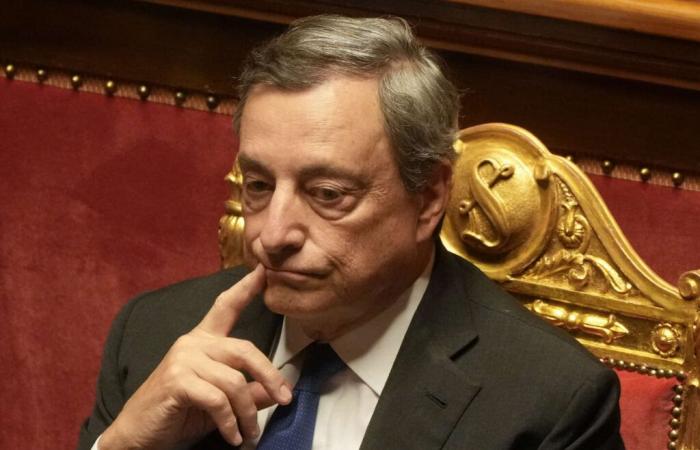DLet’s say it straight away: the report on competitiveness and the future of Europe submitted by Mario Draghi to the European Commission is going in the right direction.
For the former president of the European Central Bank (ECB), the European Union (EU) must in future make 800 billion euros of additional investments per year – the equivalent of 5% of its gross domestic product (GDP) – or around three times the Marshall Plan (between 1% and 2% of GDP in annual investments in the post-war period).
The continent will thus return to its investment level of the 1960s and 1970s. To achieve this, the report proposes resorting to European borrowing, as was done with the €750 billion recovery plan adopted in 2020 to deal with Covid-19. Except that the aim now is to collect such sums each year to invest sustainably in the future (particularly in research and new technologies), and not to finance an exceptional response to the pandemic. If the EU proves incapable of making these investments, then the continent will enter a “slow agony” against the United States and China, the report warns.
Read also the decryption | Article reserved for our subscribers Mario Draghi’s cry of alarm on the European economy, condemned to “a slow agony” if it does not change
Add to your selections
One can disagree with Mario Draghi on several essential points, in particular on the precise composition of the investment in question, which is not nothing. The fact remains that this report has the immense merit of twisting the neck of the dogma of budgetary austerity.
According to some, in Germany but also in France, European countries should repent for their past deficits and enter a long phase of primary surpluses in their public accounts, that is, a phase in which taxpayers should pay much more in taxes than they receive in expenditure, in order to urgently repay the interest on the debt and the principal.
The manna of savings
In reality, this austerity dogma is based on economic nonsense. First, because real interest rates (net of inflation) have fallen to historically low levels in Europe and the United States over the past twenty years: less than 1% or 2%, or sometimes even negative levels. This reflects a situation where there is a huge windfall of savings that is little or poorly used in Europe and on a global scale, ready to flow into Western financial systems with virtually no return. In such a situation, it is the role of public authorities to mobilize these sums to invest them in training, health, research and new technologies, major energy and transport infrastructures, thermal renovation of buildings, and so on.
You have 56.26% of this article left to read. The rest is reserved for subscribers.






